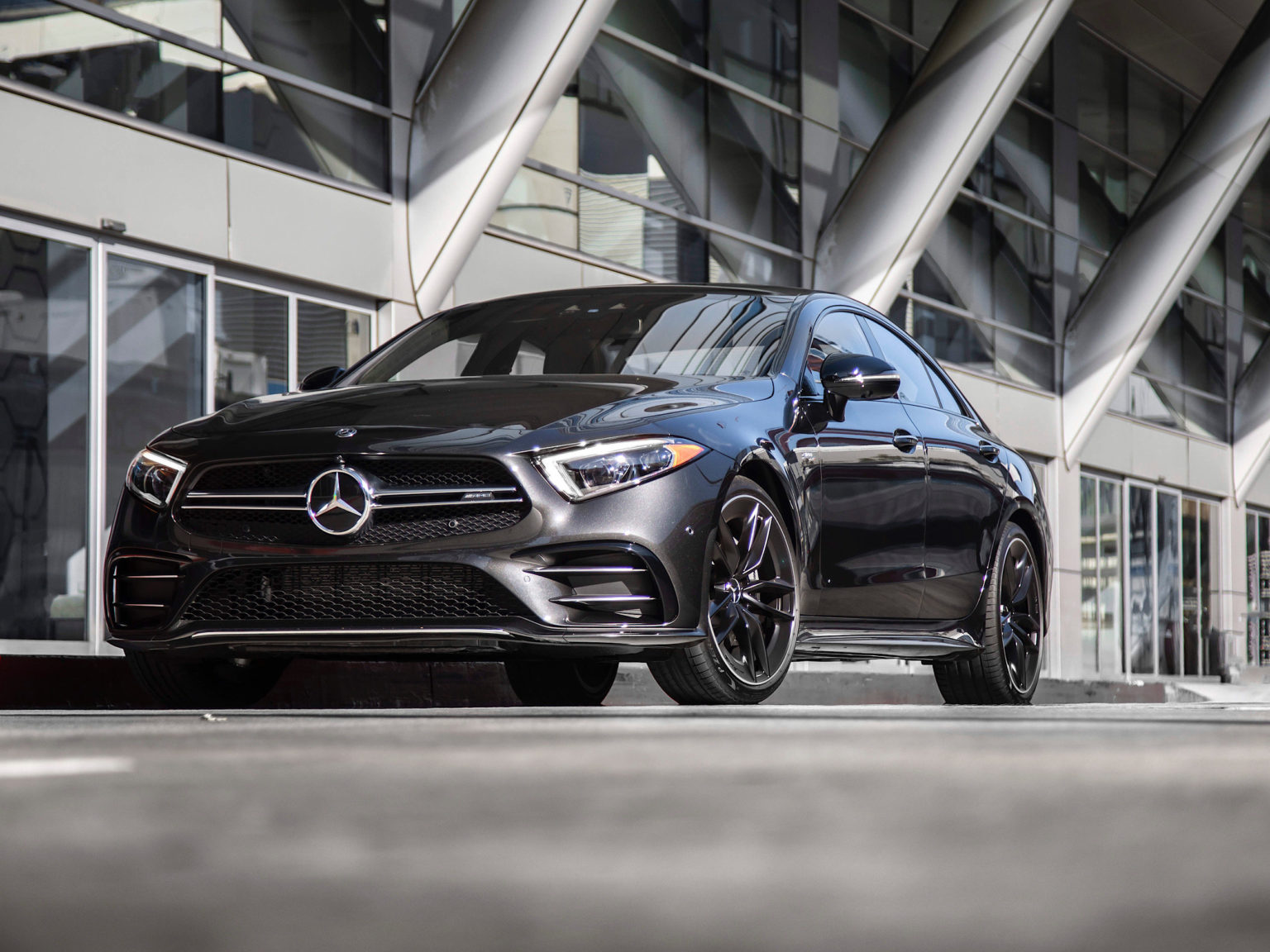New reporting indicates that Mercedes-Benz is looking to slim its lineup. The move hardly comes as a surprise given that the Mercedes stable is increasingly packed these days. Automotive News was the first to report the move.
A quick glance at the company’s U.S. website reveals listings for eight SUVs, six sedans and wagons, seven coupes, six convertibles, one hybrid/electric model, and nine models In various stages of preparing to enter production. Then, there’s traditionally two or more powertrain options for every model.
The Mercedes-Benz E-Class may lose its coupe and convertible option in the U.S.
Photo courtesy of Mercedes-Benz
According to sources within the dealership community, Mercedes-Benz USA CEO Nicholas Speeks spoke of the changes during a webinar a month ago though he did not identify which models are on the chopping block nor a timeline for their removal from the lineup.
Insiders told Automotive News that coupe and convertible versions of the S-, C-, and E-Class nameplates are up for extinction, as well as the CLS coupe and one of the GTs.
On the surface, this moves make sense for four different reasons. Americans are buying less sedans than they were even half a decade ago. Practical sedans, let alone more impractical coupes and convertibles aren’t on many shoppers lists these days as buyers turn toward SUVs and trucks.
The worldwide impact of the COVID-19 pandemic means that all car sales will be down even further than already predicted when 2020 kicked off. Less sales means less expenditures, but is also means less money is coming in.
Innovation is expensive. The cost of developing autonomous technology, even when entering into partnerships to do so, is a cost measured in the tens of billions of dollars range. The company’s profits were already down by two-thirds in 2019. Daimler AG recently pulled out of its automated driving alliance with BMW.
As the push toward electrification intensifies, costs are not yet coming down. Many automakers lose money on each electric vehicle they sell. Minimizing the expenditures related to multiple car variants, and their development, helps keep costs down, which allows those funds to be reallocated to investing in cutting-edge product.








